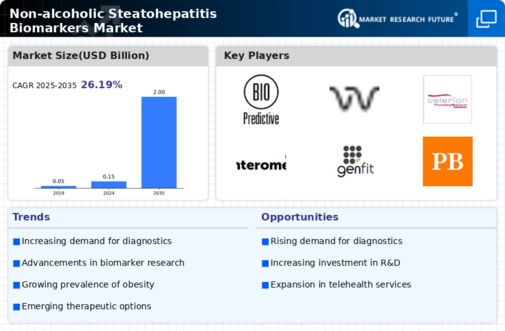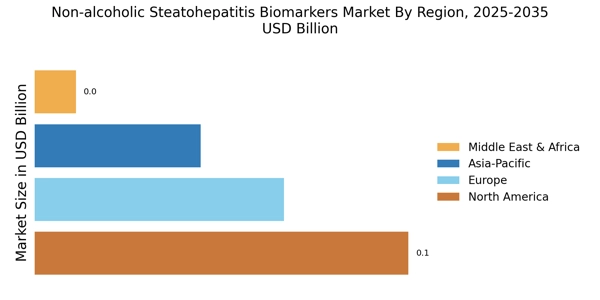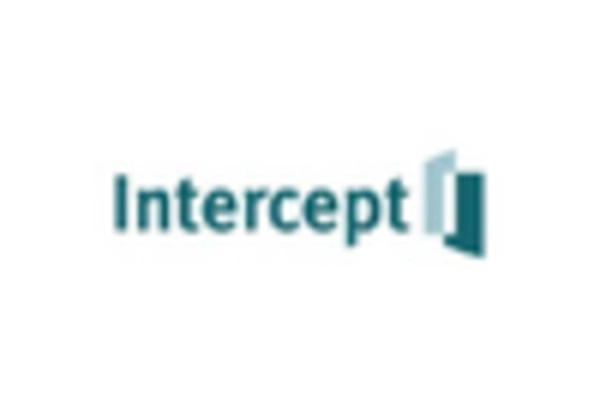Non Alcoholic Steatohepatitis Biomarkers Market Summary
As per MRFR analysis, the Non-alcoholic Steatohepatitis Biomarkers Market Size was estimated at 0.15 USD Billion in 2024. The Non-alcoholic Steatohepatitis Biomarkers industry is projected to grow from 0.1893 in 2025 to 1.938 by 2035, exhibiting a compound annual growth rate (CAGR) of 26.19 during the forecast period 2025 - 2035.
Key Market Trends & Highlights
The Non-alcoholic Steatohepatitis Biomarkers Market is poised for substantial growth driven by technological advancements and increasing healthcare awareness.
- Technological advancements in biomarker discovery are reshaping the landscape of non-alcoholic steatohepatitis diagnostics.
- North America remains the largest market, while the Asia-Pacific region is emerging as the fastest-growing area for biomarker development.
- Hepatic fibrosis biomarkers dominate the market, whereas serum biomarkers are witnessing rapid growth due to their non-invasive nature.
- The rising prevalence of non-alcoholic fatty liver disease and increased investment in healthcare infrastructure are key drivers propelling market expansion.
Market Size & Forecast
| 2024 Market Size | 0.15 (USD Billion) |
| 2035 Market Size | 1.938 (USD Billion) |
| CAGR (2025 - 2035) | 26.19% |
Major Players
Gilead Sciences (US), Intercept Pharmaceuticals (US), Bristol-Myers Squibb (US), Pfizer (US), Novartis (CH), Eli Lilly and Company (US), Merck & Co. (US), Amgen (US), AbbVie (US)


















Leave a Comment